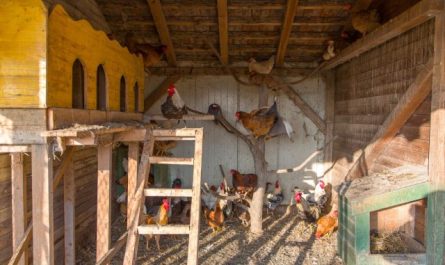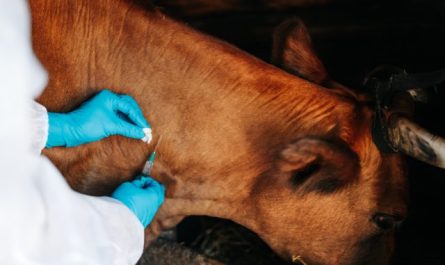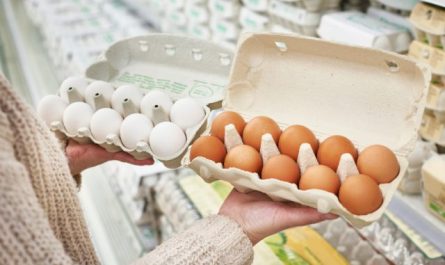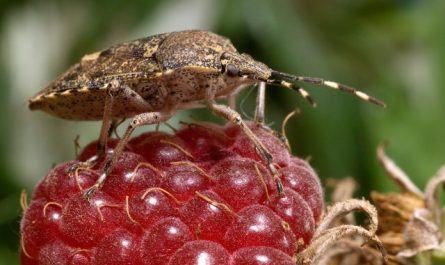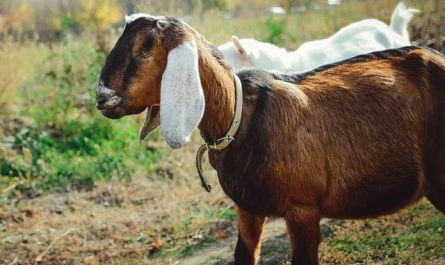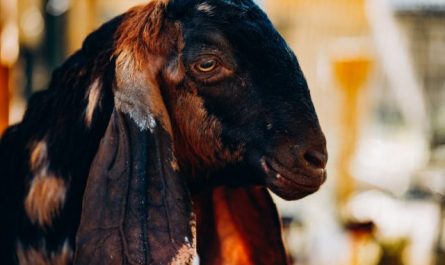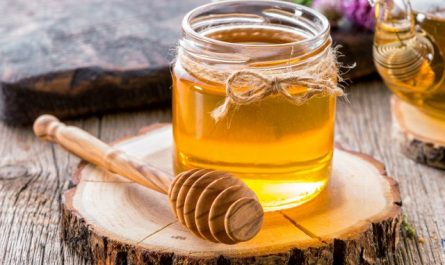Many beginning poultry farmers often worry when choosing laying hens. How to buy a healthy bird, how to evaluate its egg production “by eye”? How not to make a mistake when choosing and not allow yourself to be deceived? We will answer these important questions in today’s article.

Where is the best place to buy chickens?
It is worth starting with choosing a place to buy laying hens. The best option is to buy hens from experienced poultry farmers with a good reputation and real customer reviews. You can ask such a seller all the questions you are interested in, he will not refuse you to inspect the bird and help you with your choice. In addition, you can always ask an honest poultry farmer to look at the place where the hens are kept, assess the health of the entire flock and even look at the feed that the bird eats.
Buying layers at the market is not the best idea. In most cases, such places are run by “resellers” who buy hens from poultry farms or farmers. At the same time, they do not care much about the welfare of the hens during transportation and sale. The birds experience enormous stress due to the move and not the best conditions. In addition, the vast majority of sellers at the markets try to sell the weakest hens as quickly as possible. And if you are just starting to engage in poultry farming, it will be very easy for you to fall for a scam and instead of healthy young layers, get old birds with a lot of problems.
Determining the age of chickens
Age is one of the most important criteria when choosing layers. And if health can be assessed “by eye” even without experience, then determining the age of hens is quite a difficult task for a novice poultry farmer. It is important not to make a mistake in this matter, since old layers will lay poorly, if at all.
It is recommended to buy pullets at the age of 4-5 months, this is the time when they start laying eggs. Layers are carried gradually, so at first the pullets will not lay many eggs, but within 1-2 months the egg production will become much higher and will soon reach its peak. The hens lay the largest number of eggs at the age of 7 to 18 months.

All of the above is typical for egg crosses and breeds; for meat-and-egg and meat hens, egg-laying may begin much later. Before buying, check the characteristics of the breed you want to buy. Many meat-and-egg hens begin laying eggs only at 6 months, and they can reach the peak of egg production almost at 12 months. But they lay longer than egg crosses; many are able to maintain high egg production for more than two years.
To determine the age of chickens, you need to pay attention to the following main signs:
- The beak should be smooth and shiny, yellowish in color, without chips or defects. The older the chicken, the more damage and roughness there is on the beak. It loses its shine and becomes matte, its color loses its brightness and acquires a gray tint.
- The legs of the hens should also be smooth and shiny, yellowish in color, with even, tightly fitting scales. The claws should not be too long. In older hens, the legs lose their smoothness and pigmentation, become gray, the scales may peel, and the claws are long.
- The comb of young laying hens should be brightly colored and soft. In older birds, it loses its color saturation and becomes coarse.
- Young hens manage to molt by the age of 4 months, so the feather cover of young laying hens should be uniform, smooth and shiny. But adult birds molt in spring and autumn, and their molt usually lasts longer. Therefore, when buying old hens in spring or autumn, it is easy to recognize: their feather cover may be sparse, there may be bald spots in some places, and the feathers and down themselves may have an unhealthy and disheveled appearance.
Chicken Health Assessment
Of course, the most important parameter for choosing layers is their health. To buy a healthy bird, you need to pay attention to the following signs.
Dimensions and weight
They should correspond to the age of the bird. If the hens are too small, thin and very light, this indicates their improper development and health problems. If they are clearly too large, this may indicate obesity, which will have a negative effect on egg production. Although fat pullets are a rarity.

Activity and reaction
Healthy chickens are constantly moving, react to the presence of a stranger, and are frightened by external stimuli. If the hens sit on the floor and do not react to anything, this is a clear sign of poor health of the bird.
Healthy limbs
Chickens should be able to walk confidently without limping. If a bird can’t stand for long or is limping, there is definitely something wrong with it.
Clean cesspool
Healthy laying hens should have a dry, clean cloaca without any stuck droppings or, especially, blood.
Lively shining eyes and pure breath
If the hen has a dull, indifferent look, it means that she is not feeling well. A healthy hen has clean breathing with a closed beak without wheezing or whistling. There should be no mucus flow from the nose, sneezing or coughing.

Healthy and clean feather cover, shiny, smooth and without bald spots
If the chickens have ruffled dirty feathers, this may indicate many different diseases. The wings should fit tightly. If they hang down or stick out, this is a clear sign of illness.
Signs of a good layer
Is it possible to recognize the best hens that will lay a record number of eggs? In fact, it is not that easy.
However, there are a few signs to look out for.:
- Broad chest and even keel.
- A voluminous, well-defined, soft and elastic belly. If it is sunken or empty to the touch, or hard, such a hen will not lay eggs well.
- The distance between the pubic bones is at least 3 fingers. To measure it, you need to put your fingers below the chicken’s tail between its pubic bones. If only two fingers fit, such a hen is considered a bad layer. To put it in simpler and more understandable language, the wider the hen’s pelvis, the better it should lay eggs.
- Bright pigmentation of the beak, legs, comb and wattles. The brighter their coloring, the higher the probability that the hen will be an excellent layer.
Many beginning poultry farmers mistakenly rely on the cost of the bird. It is important to understand that the high price of laying hens is not a guarantee of their health and high egg production. At the same time, too low a price is a reason to think about the reasons for such a decrease in cost. However, prices cannot be considered an important factor when choosing chickens.
How to avoid being scammed with breeds?
One of the biggest problems for beginners is the difficulty in correctly identifying the breed. This is more difficult than distinguishing healthy chickens from sick ones, for example. Before buying layers of a certain breed, you need to study the features of its appearance, growth and development well. It is best to buy purebred birds from poultry farmers with good reviews, who will show you the parent flock of chickens. Unfortunately, even experienced chicken owners can sometimes fall for deception, so in the matter of breeds you can only trust the honesty and conscience of the seller.




